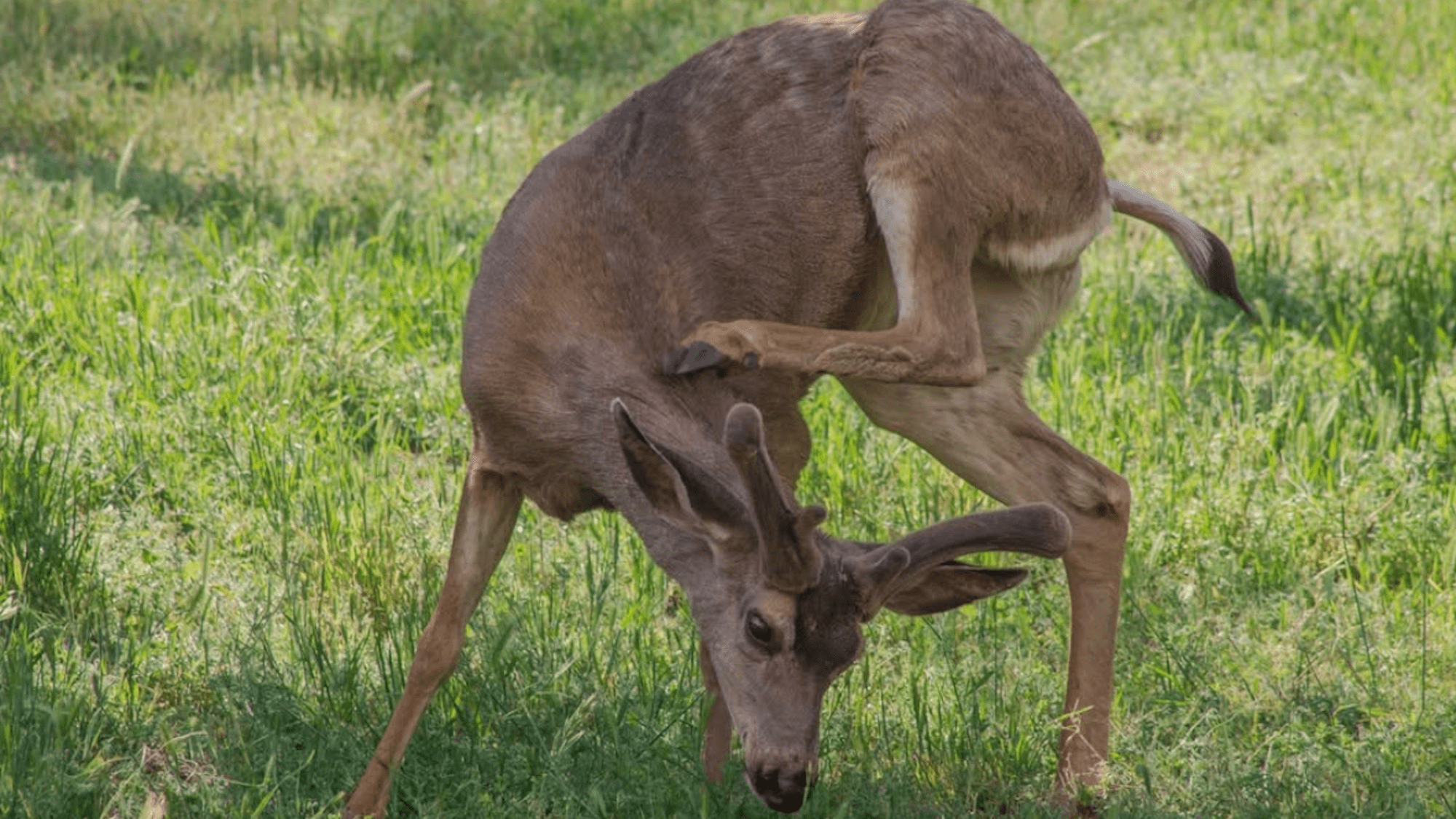
Get the Popular Science daily newsletter💡
Our country’s treasured national parks are home to all kinds of wildlife—some more dangerous than others. A visit to Everglades National Park may result in a run-in with an alligator, while checking out Colorado’s Rocky Mountain National Park could include a mountain lion encounter. You’ll need to watch your step for prairie rattlesnakes in White Sands, New Mexico, as well as take care to avoid Yellowstone’s grizzly bears. But according to Yosemite National Park’s recent public service announcement, it’s not bears that pose the biggest threat to their tourists. It’s the mule deer.
“Behold… one of the most dangerous animals in Yosemite National Park,” the California park recently posted to social media along with a photo of an admittedly not-so-threatening looking Odocoileus hemionus specimen, named for their large, mule-like ears.

Although they don’t necessarily look too fierce, mule deer remain wild animals that are frequently skittish and easily spooked.
“Equipped with sharp hooves and antlers, a deer will lash out and defend itself if startled. This happens most often when visitors try to approach or feed them,” the park warned.
This can become particularly problematic during the late fall’s mating season, when the 150 to 250 poundbucks get more aggressive and combative as they fight over females. Meanwhile, the upcoming summer months will see mother mule deer nursing their newborn fawns. The offspring frequently take cover in the park’s underbrush while their parent is out feeding, and can also startle unsuspecting visitors. As for the bucks, the summer is also when they begin to grow new antlers, which can ultimately reach 42 inches wide and 40 inches tall. Regardless of time of year, coming across the deer is most common at dawn and dusk as they gather near roadside vegetation, posing additional hazards to drivers.
But even if you escape a mule deer encounter unscathed, there’s a chance it may still hurt—financially speaking. Yosemite also reminded potential visitors that it’s a federal crime to purposefully approach or feed wildlife at any national park. Convicted violators can expect as much as a $300 fine, with or without mule deer injuries.
And one more friendly reminder as we head into the summer: please do not lick the toads at any national parks.

More deals, reviews, and buying guides
The PopSci team has tested hundreds of products and spent thousands of hours trying to find the best gear and gadgets you can buy.
























